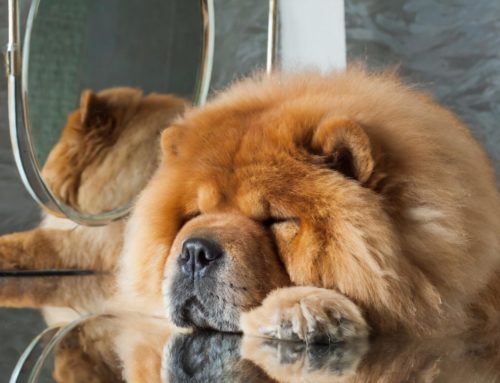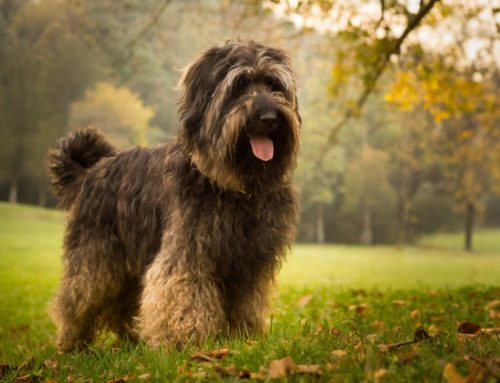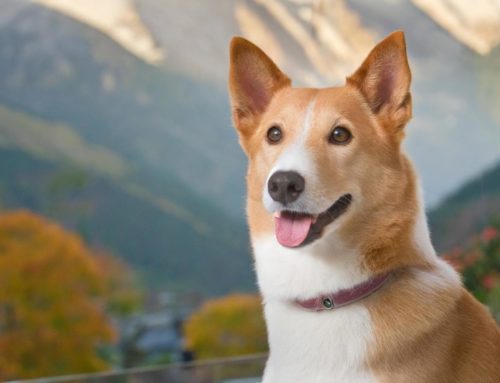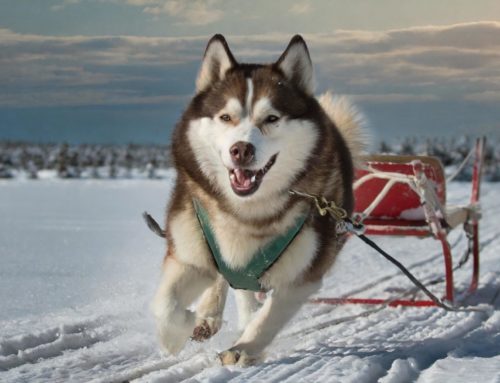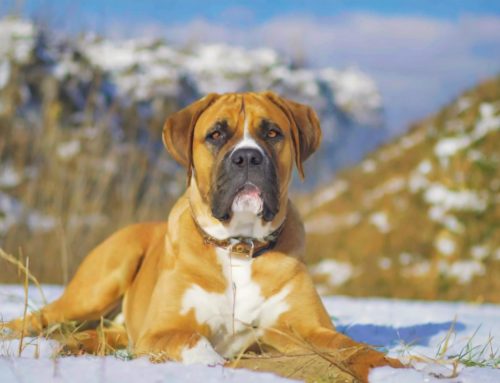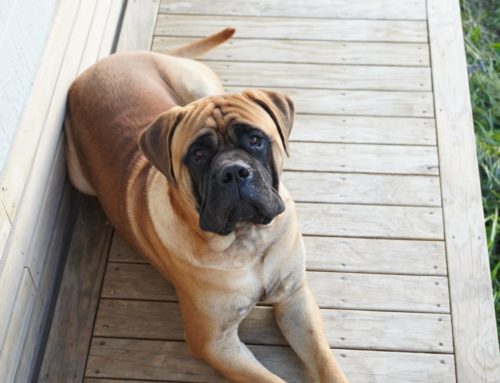
The Anatolian shepherd dog, is an ancient and imposing dog breed originating from Turkey. This large herding dog has a rich history dating back to nomadic shepherds in Central Asia, where the breed originated some 6,000 years ago.
The Anatolian sheepdog was traditionally used to protect flocks of sheep and goats from predators such as wolves and bears, thanks to its impressive stature, great stamina and independent nature.
These dogs are known for their territorial and protective nature. They are often reserved towards strangers, which makes them excellent guard dogs. Anatolian sheepdogs have a thick undercoat and shorter outer coat, which helps them survive in both hot and cold climates.
Appearance of the Anatolian shepherd
The Anatolian shepherd, also known as the Kangal or Karabaş in Turkey, is a majestic and ancient breed that stands out for its imposing stature and distinctive appearance. Recognised by the Fédération Cynologique Internationale (FCI), these dogs belong to the large breeds and show characteristics of a mastiff-type herding dog.
The coat of the Anatolian shepherd is short but dense, making these dogs resistant to various weather conditions. Their colour can vary, but they often show a distinctive dark colour around the nose and eyelids.
Their affectionate nature makes them popular family pets, but their large size and dominant nature require consistent upbringing and socialisation from a very young age. Males of this breed have an impressive shoulder height and can reach a weight of around 50 kg or more, while bitches are slightly smaller.
These dogs need plenty of exercise to stay healthy, although they are not overly active. Regular brushing of the coat is sufficient for grooming, especially during moulting, to remove loose hairs.
Hereditary diseases and conditions
Although these sheepdogs are generally healthy, there are some hereditary diseases and conditions that potential owners should be aware of.
- Hip dysplasia: A common condition in large breeds, where the hip joint is not shaped correctly.
- Gastric Dilatation-Volvulus (Stomach Torsion): A life-threatening condition in which the stomach twists itself.
- Entropion: An eye condition in which the eyelids curl inwards.
- Hypothyroidism: A deficiency of thyroid hormones that affects various bodily functions.
- Skin allergies: Can occur due to their dense fur and sensitive skin.
- Heart problems: Includes conditions such as cardiomyopathy.
Characteristics of the Anatolian shepherd dog
The Anatolian shepherd, is an impressive dog breed originally bred as a working dog in Turkey.
These sheepdogs are known for their independent nature and strong instincts, traits that make them excellent guard dogs. Males of this breed can reach a considerable shoulder height and often weigh around 50 kg, while bitches are slightly smaller.
An Anatolian shepherd has a short coat that requires minimal grooming, although regular brushing helps to remove loose hairs and keep the coat healthy.
These dogs need good socialisation and consistent upbringing from a very young age. As puppies, they learn by interacting with as many people and situations as possible, which is essential to avoid pronounced dominant behaviour.
The Anatolian shepherd, often referred to as a mastiff type, exhibits a strong and independent temperament. They need sufficient exercise to stay in good condition, but are generally not overly active dogs.
With proper upbringing and care, these dogs can be loyal, affectionate and protective of their families.

The care of the Anatolian shepherd
The care of the Anatolian shepherd, requires some attention, especially considering their size and working nature.
These Turkish shepherd dogs, often used as protectors of livestock, have a shorter coat that is relatively easy to maintain. Regular brushing is enough to remove dead hairs and keep their coat healthy.
The Anatolian shepherd is a large breed, with males reaching considerable height at the withers and weighing around 50 kg. These dogs have a sturdy, mastiff-like stature with distinctive black nose and eyelids.
Their diet should be tailored to their size and energy levels, with obesity avoided to prevent health problems such as hip dysplasia. Although Anatolians are independent dogs, they still require adequate exercise and mental stimulation.
They were originally bred as working dogs and therefore exhibit strong instincts of their own. Regular walks and playtime help maintain their physical and mental health.
Socialisation and upbringing of the Anatolian shepherd
The Anatolian shepherd, also known as Kangal, is a breed that requires effective socialisation and upbringing.
These Turkish shepherd dogs, often used for guarding herds, are large and independent, with males reaching a shoulder height of 70 cm or more and weighing around 50 kg. Because of their size and natural vigilance, it is essential to socialise and raise these dogs well from a very young age.
A consistent and patient upbringing is crucial for the Anatolian shepherd. This breed exhibits characteristics of working dogs and can sometimes show pronounced dominant behaviour.
Early socialisation helps them to be well adapted to different environments and situations. It is important to expose them to various people, animals and experiences from an early age.
Proper upbringing of the Anatolian shepherd also includes providing adequate exercise and mental stimulation. Although their coat requires minimal grooming, these dogs need sufficient exercise to stay fit and healthy.
How much experience does an Anatolian shepherd require
Owning and raising an Anatolian shepherd,also known as a Karabash, requires a considerable amount of experience with dogs.
This breed of Turkish shepherd, originally bred as protectors of livestock and property, is independent, powerful and can be dominant, which requires an experienced hand in their upbringing and care.
Males of this breed often have an impressive shoulder height and can reach a weight of 50 kg or more. Their short coat requires minimal grooming, but their education and socialisation require a lot of attention from a very young age.
The Anatolian shepherd has strong instincts of its own, typical of working dogs, and can exhibit pronounced dominant behaviour if not raised consistently.
Potential owners should be familiar with the characteristics of the Anatolian shepherd and be willing to invest the time and effort required to socialise and raise these dogs properly.
Choosing the right puppy from a reputable breeder and an early start with training and socialisation are essential. These dogs require consistent and patient upbringing, with a clear understanding of the independent nature of the breed.
Is training necessary?
Training is absolutely essential for the Anatolian shepherd, also known as the Turkish shepherd.
Originally bred as a working dog for herding and protecting livestock, this large and independent breed requires consistent and early socialisation and training.
A mastiff-type dog, the Anatolian shepherd exhibits characteristics typical of large and independent breeds. Males can reach an impressive height at the withers and often weigh more than 50 kg.
Their coat is short and requires little maintenance, but their upbringing demands a lot of attention. Because of their size and independent nature, it is important to socialise and train them from a very young age.
This helps to control dominant behaviour and ensures that the dog is well adapted to different situations and environments. The eyes of the Anatolian shepherd are black, as are their nose and eyelids, giving them a distinctive look.
These dogs have a strong protective instinct and can sometimes be reserved towards strangers. Therefore, it is essential to raise and train them consistently and patiently, so they learn how to react appropriately in different situations.
How much exercise does an Anatolian shepherd need?
The Anatolian shepherd, needs a moderate amount of exercise. Known for its large size and robust stature, this mastiff-type shepherd dog exhibits characteristics of working dogs and therefore needs regular exercise to stay fit and healthy.
Although the Anatolian shepherd is an independent breed, it is important to provide adequate exercise and mental stimulation from an early age. This not only helps with physical development, but also helps prevent behavioral problems. Walks and playtime help channel their energy in a positive way.
These dogs can reach considerable weight, often over 50 kg by adulthood, and therefore require well-regulated exercise to reduce the risk of joint problems, such as hip dysplasia. Their coat is short and requires minimal grooming, but regular exercise is essential to maintain their overall well-being.
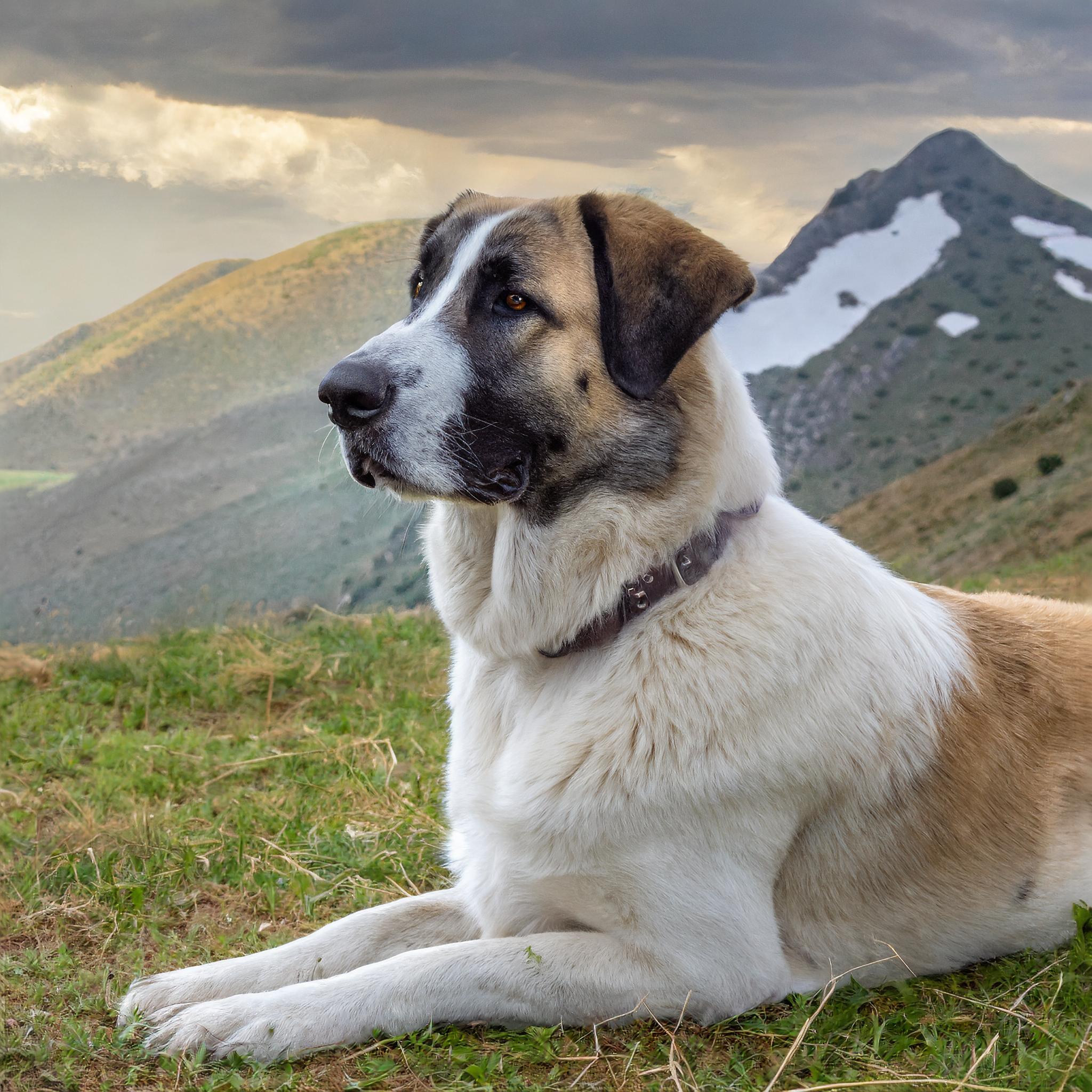
How does he get along with children?
The Anatolian shepherd, is known for its protective and loyal nature. Although these dogs were originally bred as working dogs, with proper socialisation and upbringing, they can be good companions for children.
It is essential that socialisation starts from a very young age so that the dog learns to get along well with children and other family members. These large and powerful dogs can be very protective of their family, which can include children.
However, because of their size and instinctive behaviour, it is important to supervise during interactions between the dog and young children. It is crucial that both dog and children learn to interact in a respectful and safe manner.
When raising an Anatolian shepherd, it is important to be consistent and set clear boundaries. These dogs have a natural tendency to lead and can sometimes be stubborn, requiring strong and consistent leadership.
Benefits of an Anatolian shepherd
- Loyalty and Protection: The Anatolian Shepherd is extremely loyal to its family and is an excellent watchdog. Their protective instinct makes them reliable in guarding the home.
- Independence: These dogs are independent and can be well left alone, which is useful for owners who are not always at home.
- Robustness: As a sturdy breed, they are well adapted to various weather conditions and can live in a variety of environments.
- Low Care Requirement: Their short coat requires minimal grooming, saving time and effort.
Disadvantages of an Anatolian shepherd
- Space Requirement: Due to their size, they require a lot of space, making them less suitable for flats.
- Training and Socialisation: Their independent nature can make training challenging. They need consistent training and socialisation from a young age.
- Potential Health Problems: Like many large breeds, they can be prone to conditions such as hip dysplasia.
- Not Ideal for First-time Dog Owners: Due to their size, strength and independent nature, they may not be suitable for inexperienced dog owners.
How old an Anatolian shepherd gets
The life expectancy of an Anatolian shepherd, generally ranges between 10 and 13 years.
As with many large breeds, their lifespan depends on several factors, including genetics, habitat, nutrition and the overall quality of care they receive. A healthy diet, regular exercise and routine veterinary care play a crucial role in extending the lifespan of these dogs.
Preventing excess weight is especially important, as extra weight can put stress on their joints and lead to conditions such as hip dysplasia, which is more common in larger breeds.
The Anatolian shepherd was bred for the hard work of herding and protecting flocks, reflecting their strong and resilient nature. Despite their size and strength, they need a caring and loving home environment where they can receive the necessary attention and care.
Price of an Anatolian shepherd
The cost of an Anatolian Shepherd puppy in the US generally falls between $2,000 and $5,000, influenced by various factors:
- Breeder Reputation: Puppies from distinguished breeders known for their champion bloodlines tend to be more costly.
- Pedigree: Anatolian Shepherds registered with the American Kennel Club (AKC) are priced higher than non-registered ones.
- Location: Expect higher prices in regions with a higher cost of living.
- Age: Puppies are typically more expensive than adult Anatolian Shepherds.
- Working Ability: Dogs bred specifically for their livestock guardian capabilities may carry a higher price tag.
Price Overview:
- Standard Range: $2,000 – $5,000
- Premium Range: Over $5,000 for exceptional lineage or working prowess
Budget-Friendly Option: Adoption
Adopting an Anatolian Shepherd from a shelter or rescue can be a more economical choice, with significantly lower fees than buying from a breeder. Adult dogs are more commonly available for adoption than puppies.
Similar Breeds to Explore:
For those attracted to the Anatolian Shepherd’s loyal and protective nature, these breeds might also interest you:
- Great Pyrenees: Known for their gentle temperament and independence, with prices from $2,000 to $5,000.
- Tibetan Mastiff: A majestic and strong guardian breed, though finding a breeder may be challenging, with prices ranging from $2,500 to $8,000.
- Kangal Shepherd Dog: Another breed from Turkey, celebrated for its protective instincts, though breeders in the US are rare.
Extra Guidance:
- Thorough Research: Anatolian Shepherds are large, self-reliant dogs with a natural protective instinct. Make sure their personality is a good match for your environment.
- Visit the Breeder: If selecting a breeder, inspect their facility and meet the puppy’s parents to check their health and behavior.
- Space Requirements: These breeds need plenty of room to move and may not be suited for apartment living.
- Importance of Socialization: Given their cautious nature, early socialization is vital for fostering a well-rounded dog.
- For Experienced Owners: Due to their size and independent temperament, these dogs are best suited for those with prior dog ownership experience.
Remember: Choosing a dog is a significant, lasting commitment. Select a breed that complements your lifestyle, ensuring a fulfilling relationship for many years.
